| Sprache: |

Schule des Augenblicks
Fotografien von Talbot bis Ruff
Buch (978-3-7757-4861-2
)
Deutsch
€ 15,00
€ 34,00

Neu

Inside the Studio
Spaces of Electronic Music Production. Berlin/Cairo
Buch (978-3-7757-5904-5)
Englisch
€ 44,00

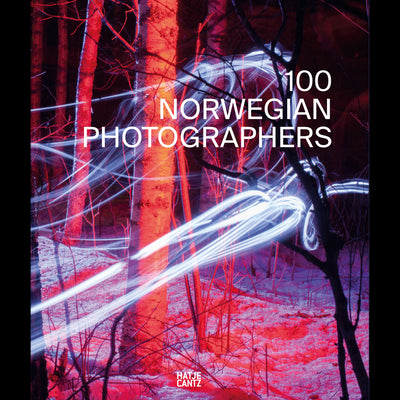
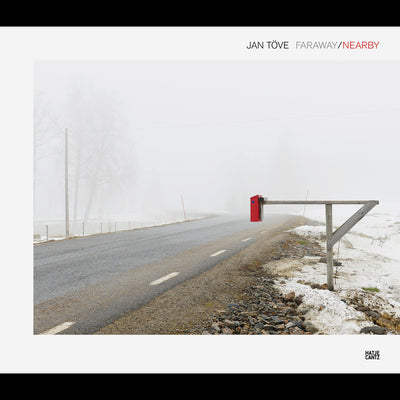
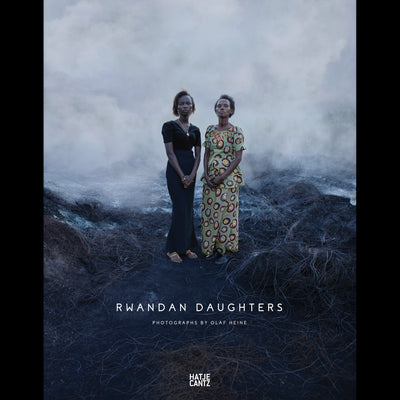
Rwandan Daughters
Photographs by Olaf Heine
Buch (978-3-7757-4547-5
)
Englisch, Deutsch
€ 20,00
€ 54,00
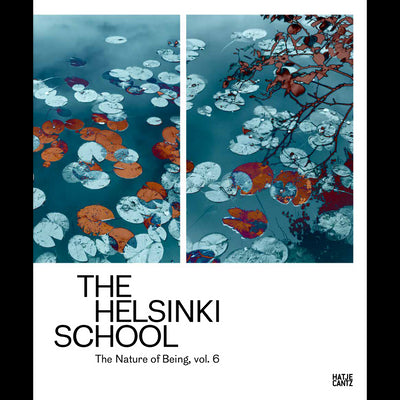



Bildrechte in der kunsthistorischen Praxis
ein Leitfaden
Buch (978-3-7757-5424-8
)
Deutsch
€ 9,95
€ 18,00
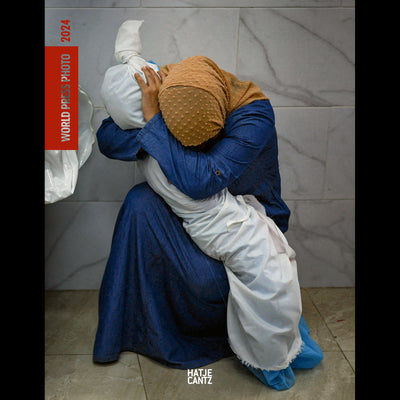
Neu

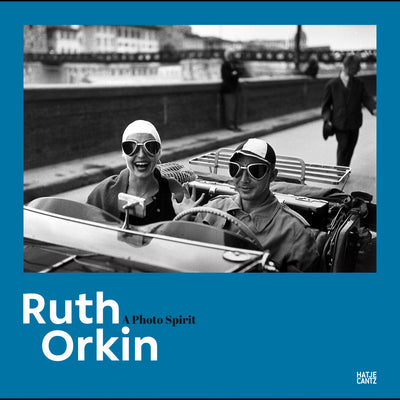
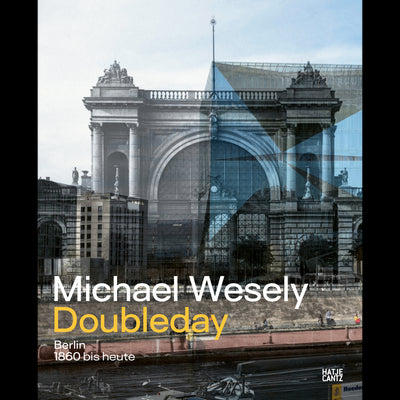
Michael Wesely. Doubleday
Berlin 1860 bis heute / Berlin from 1860 to the Present Day
Buch (978-3-7757-5791-1
)
Deutsch, Englisch
€ 44,00


Neu


Sacred Modernity
The Holy Embrace of Modernist Architecture
Buch (978-3-7757-5646-4
)
Englisch, Deutsch
€ 54,00
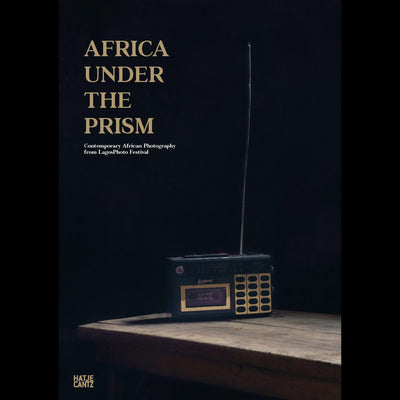
Africa Under the Prism
Contemporary African Photography from LagosPhoto Festival
Buch (978-3-7757-4088-3
)
Englisch
€ 14,95
€ 45,00


Michael Wesely
Neue Nationalgalerie 160401_201209 (neue Ausgabe)
Buch (978-3-7757-5129-2
)
Englisch, Deutsch
€ 25,00
€ 50,00


